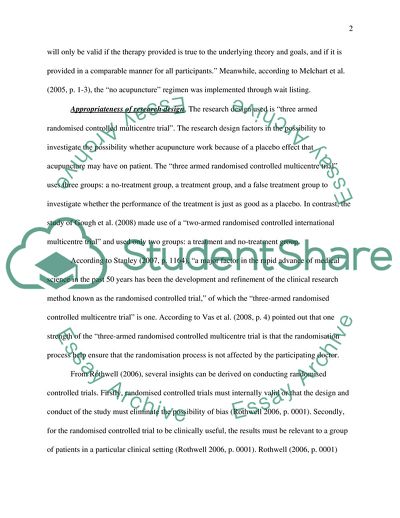Cite this document
(Critical Appraisal of the Research about Traditional Chinese Medicine Term Paper - 1, n.d.)
Critical Appraisal of the Research about Traditional Chinese Medicine Term Paper - 1. https://studentshare.org/medical-science/1744467-social-research-method-65288traditional-chinese-medicine-and-acupuncture65289
Critical Appraisal of the Research about Traditional Chinese Medicine Term Paper - 1. https://studentshare.org/medical-science/1744467-social-research-method-65288traditional-chinese-medicine-and-acupuncture65289
(Critical Appraisal of the Research about Traditional Chinese Medicine Term Paper - 1)
Critical Appraisal of the Research about Traditional Chinese Medicine Term Paper - 1. https://studentshare.org/medical-science/1744467-social-research-method-65288traditional-chinese-medicine-and-acupuncture65289.
Critical Appraisal of the Research about Traditional Chinese Medicine Term Paper - 1. https://studentshare.org/medical-science/1744467-social-research-method-65288traditional-chinese-medicine-and-acupuncture65289.
“Critical Appraisal of the Research about Traditional Chinese Medicine Term Paper - 1”. https://studentshare.org/medical-science/1744467-social-research-method-65288traditional-chinese-medicine-and-acupuncture65289.


